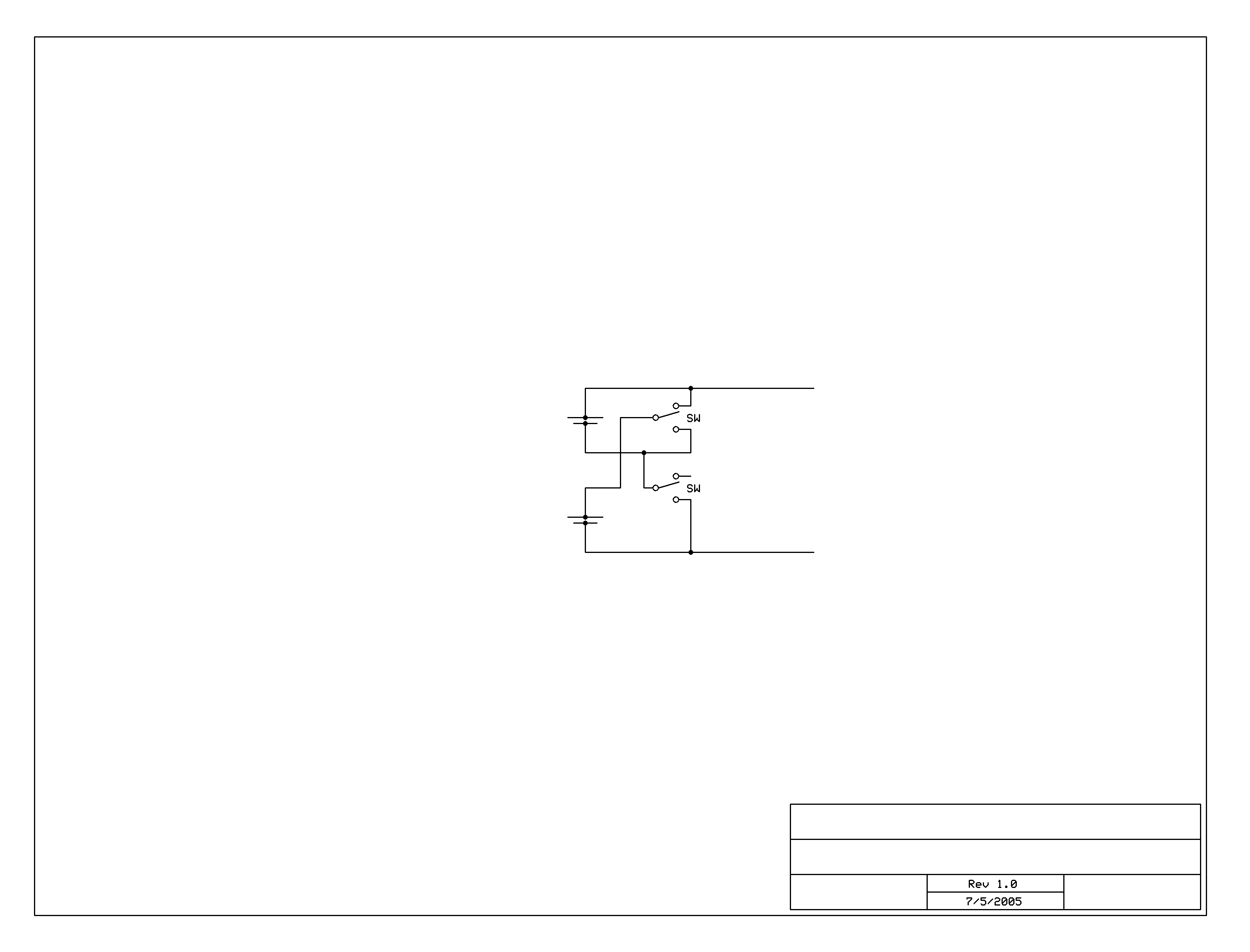An old friend of the family back in the UK just bought a Toyota Prius, and (being of a design/engineering persuasion) one of the things he asked about -although very generally- was cell replacement and management. He was told by the sales droid that there was a lengthy chain of Ni-MH cells and some fairly involved monitoring of each cell individually. When a cell goes bad the car will probably still run, and it will apparently tell you that one of the cells needs to be replaced. You presumably go to the dealership, where some diagnostic plug-in leads them to the dodgy cell which they duly swap and bill you for.
The reason your comments on cell consistency have touched me is that in series/parallel cell arrangements, the random varying condition of differently-aged cells "shuffles the load" around unpredictably, hence changing out a few cells one at a time in a hybrid vehicle means that you probably have a slowly accelerating failure rate, until you get into the thick part of the curve, where you're replacing cells frequently. At that point, perhaps each cell that you switch out results in a tougher load for the older cells, triggering/perpetuating an unpleasant cycle.
In Florida, with the heat for so much of the year, (coupled with the humidity) I'd expect that running on batteries around town is one thing, but what do they do for Air Conditioning? -I think my friend's Prius (in the UK) doesn't have Air Conditining, so the question probably didn't occur to him. None the less, The load and the relentless heat probably make battery condition and different age an interesting challenge...
Actually, the more I think about it, the more I want to sell shoes for a living!
Keith
